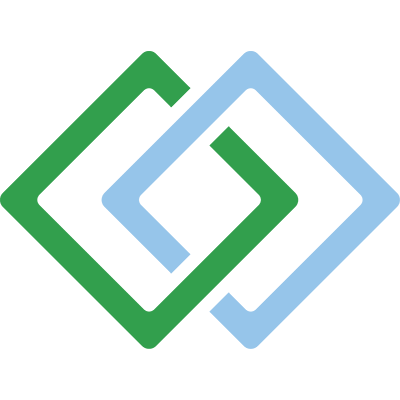
@ShahidNShah


Long shifts and extended periods of standing are a daily reality for nurses. While the physical demands of the job are well known, the long-term impact of prolonged standing is often underestimated. Over time, this strain can lead to foot pain, lower back issues, muscle fatigue, and even circulatory problems. To maintain both comfort and function, nurses benefit from using consistent strategies that reduce physical stress during and after their shifts.
Foot health plays a critical role in overall comfort during long workdays. Nurses should invest in supportive footwear with adequate arch support and cushioning. Shoes that promote even weight distribution reduce pressure on the feet and joints. Choosing non-slip shoes also enhances safety in fast-paced clinical environments, minimizing the risk of slips on wet floors or smooth surfaces.
If possible, standing on padded mats at workstations can further alleviate pressure. Anti-fatigue mats help reduce foot strain by providing a softer surface that absorbs impact. For nurses who work in settings where mats are not provided, speaking with supervisors about workstation modifications may help improve daily conditions.
Remaining in a static standing position for hours can cause muscle stiffness and poor circulation. Nurses benefit from shifting weight regularly and changing position whenever possible. Alternating between standing and walking helps keep blood flowing and reduces localized fatigue.
Even small movements, like flexing calves or rolling ankles while standing, can stimulate circulation and reduce swelling. When tasks allow, taking brief walking breaks or sitting during charting can offer much-needed relief to the lower body.
Incorporating muscle strengthening and flexibility routines outside of work helps the body adapt to physical demands. Targeted exercises for the legs, core, and lower back improve endurance and posture. Stronger muscles support joints more effectively and reduce strain throughout the day.
Stretching routines before and after work can also ease muscle tightness. Key areas include calves, hamstrings, quadriceps, and lower back. Foam rolling or using massage tools can aid recovery by promoting muscle relaxation and circulation.
Graduated compression socks are a valuable tool for reducing swelling and preventing varicose veins. These socks apply gentle pressure that supports blood flow in the lower legs, especially during periods of extended standing. Many nurses report that wearing compression socks daily helps with fatigue and leg soreness, particularly during long or overnight shifts.
Choosing the correct level of compression is important. Mild to moderate pressure is typically sufficient for daily wear. For those with existing vascular concerns, consulting with a medical provider can help determine the best option.
Prolonged standing is part of nursing, but its physical effects can be managed through daily habits and small adjustments. Whether through footwear choices, supportive gear, movement strategies, or recovery techniques, nurses can protect their bodies while continuing to provide care. These changes may seem simple, but their impact on comfort, energy, and long-term health is significant. Look over the infographic below to learn more.

Chief Editor - Medigy & HealthcareGuys.
Medication routines can become increasingly complicated with age. Seniors often manage multiple prescriptions for chronic conditions, each with its own schedule, dosage, and possible side effects. …
Posted Aug 7, 2025 Healthcare Medical Management
Connecting innovation decision makers to authoritative information, institutions, people and insights.
Medigy accurately delivers healthcare and technology information, news and insight from around the world.
Medigy surfaces the world's best crowdsourced health tech offerings with social interactions and peer reviews.
© 2026 Netspective Foundation, Inc. All Rights Reserved.
Built on Jan 5, 2026 at 1:19pm